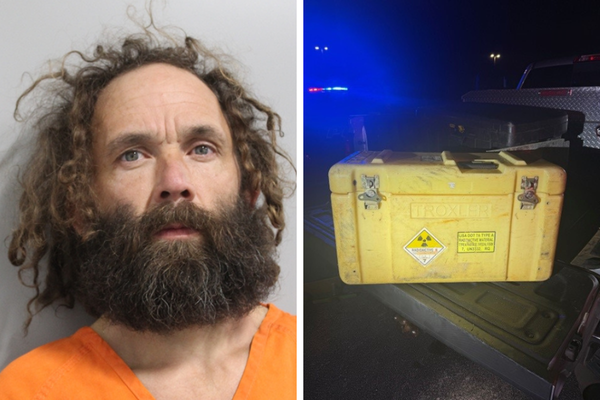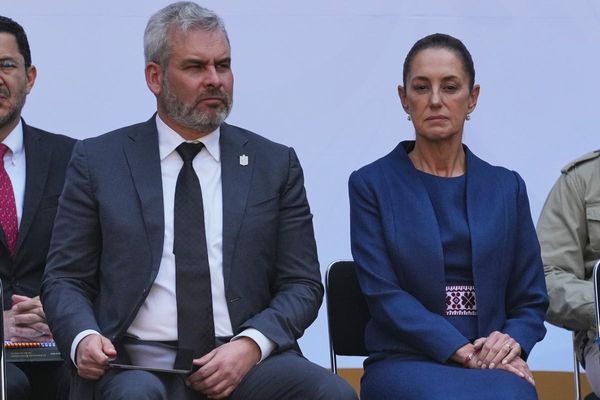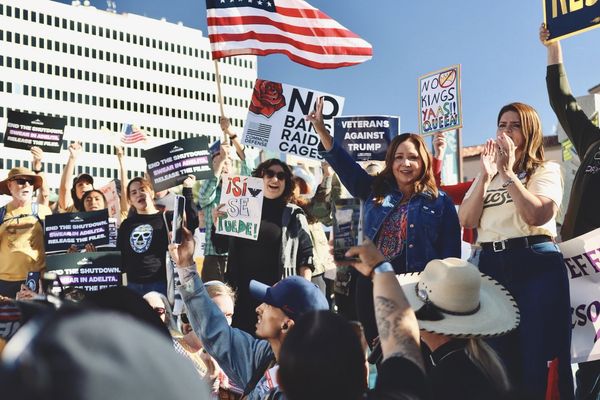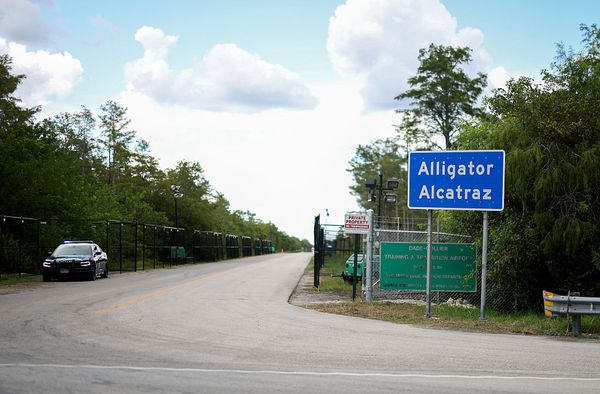A critical region of Ukraine became the centre of a heated debate between Volodymyr Zelensky and Donald Trump during a White House meeting over the weekend, according to reports.
Vladimir Putin has long demanded that Ukraine cede the Donbas to Moscow, a chunk of eastern Ukraine the majority of which has been occupied by Russian forces since its February 2022 full-scale invasion of Ukraine.
At an explosive meeting in Washington, DC on Friday, the US president is said to have told Zelensky to accept Russia’s terms or risk facing destruction.
President Zelensky’s visit to the Oval Office allegedly turned into a “shouting match”, with Trump resorting to profanity, sources told the Financial Times.
Trump reportedly aside maps of the Ukrainian frontline, urging Zelensky to surrender the Donbas region to Russia, seemingly adopting points Vladimir Putin made to Trump in their call the day before.
But it was reported that Zelensky succeeded in bringing Trump back to endorsing a freeze of the current front lines.
Where is the Donbas region?
The Donbas region is made up largely of Ukraine’s Donetsk and Luhansk regions. Areas which have been largely occupied since February 2022.
But a smaller pocket of the region bordering Russia was occupied in 2014, when Russia-backed separatists engaged in combat with Ukrainian government forces.
This was after demonstrations by pro-Russian and anti-government groups in the aftermath of the Euromaidan Uprising, a wave of pro-Europe demonstrations and civil unrest in Ukraine.
The region also largely consist of Russian speakers, having been a Soviet-era hotspot for migration as it was the industrial heartland of the USSR.
Russia occupies nearly 90% of the Donbas
Any concession of large regions of Ukrainian territory would be a bitter pill to swallow for Kyiv.
As of August, Russia controlled around 88 per cent of the Donbas region of eastern Ukraine, almost all of Luhansk and around 75 per cent of Donetsk. It has since made marginal gains in the Donetsk region.
Zelensky has previously insisted he would reject any proposal to withdraw from the industrial Donbas region, claiming it would “open a bridgehead” for a wider Russian offensive.
But Trump said that the Donbas region of Ukraine should be "cut up", leaving most of it in Russian hands, to end the war that has dragged on for nearly four years.
"Let it be cut the way it is," he told reporters aboard Air Force One. "It's cut up right now," adding that you can "leave it the way it is right now."
"They can negotiate something later on down the line," he said. But for now, both sides of the conflict should "stop at the battle line – go home, stop fighting, stop killing people.
The US president reportedly told Ukraine's Volodymyr Zelensky to accept Russia’s terms or risk facing destruction in an explosive meeting in Washington DC on Friday.
Putin first entered the Donbas region during an offensive in 2014, which saw Russia annex the Crimean peninsula.
Russian-backed separatists broke away from the Ukrainian government to proclaim the regions of Donetsk and Luhansk independent “people’s republics” and, as a result, Moscow captured more than a third of Ukraine’s eastern territory.
In recent months, Moscow has reinforced its efforts to seize these remaining areas, pushing towards cities like Pokrovsk and intensifying drone and air strikes.
It is crucially important to Ukraine, given that the region holds one of the largest coal reserves and is viewed as an energy powerhouse by Kyiv.
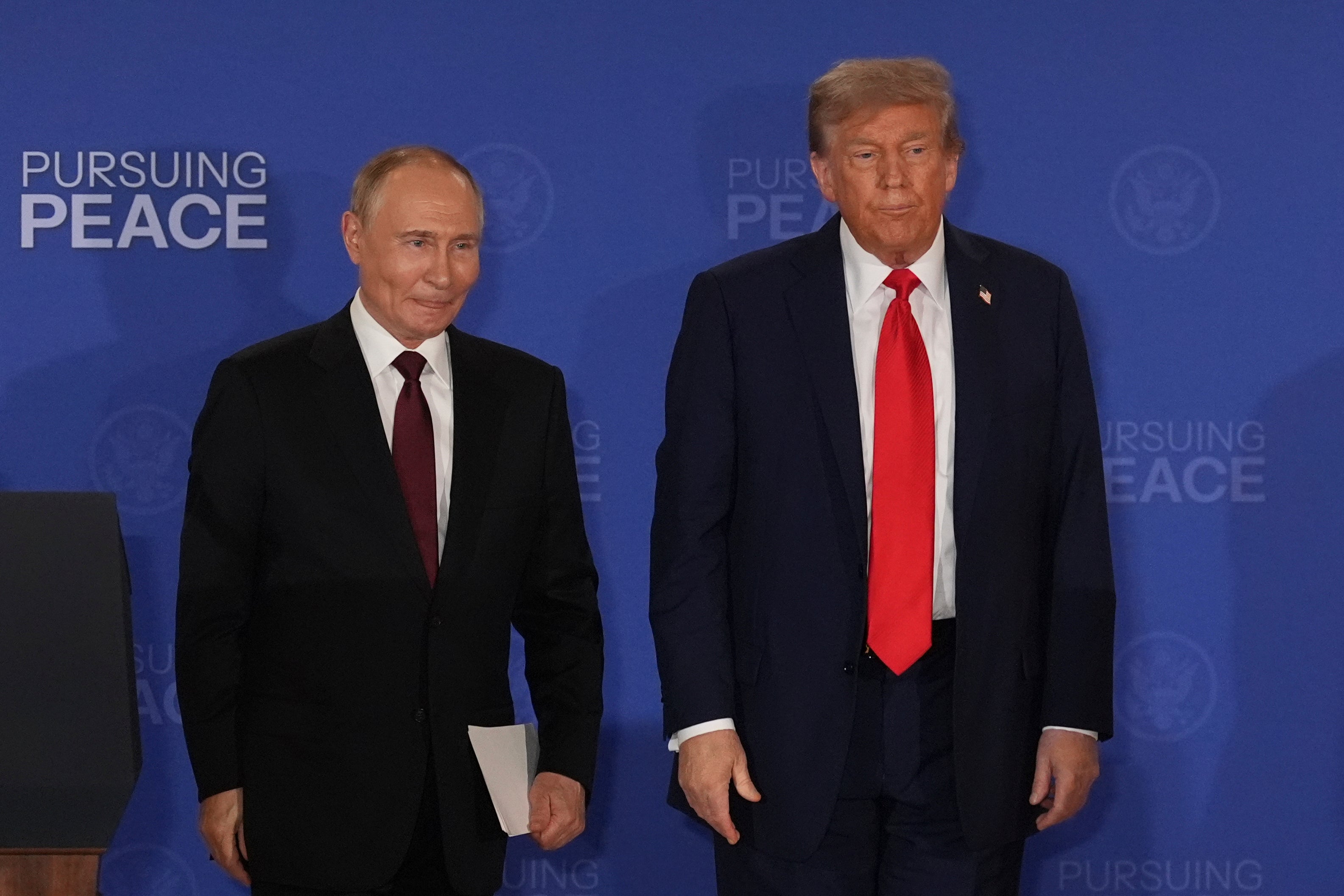
It has also been described as a “fortress belt” by the Institute for the Study of War, given that Donetsk forms the main fortified defensive line along the eastern region, halting Russia in their tracks.
“Ukraine is holding a key defensive line across Donetsk,” says Elina Beketova, a fellow at the Centre for European Policy Analysis, describing a “fortified zone buildup over years because the war began 11 years ago”.
“It’s not just trenches, it’s a deep, layered defence with bunkers, anti-tank ditches, minefields, and industrial areas built into the terrain. The area includes dominant heights, rivers, and urban zones that make it extremely hard to capture,” explains Beketova.
Relinquishing the territory would be “catastrophic” for Russia, especially if they are not given concrete security guarantees such as Article 5 protection from Nato.
However, Putin made it clear that he would not fall back on core demands to “resolve root causes of the conflict”, that includes Ukraine becoming a neutral state and abandoning Nato aspirations.

